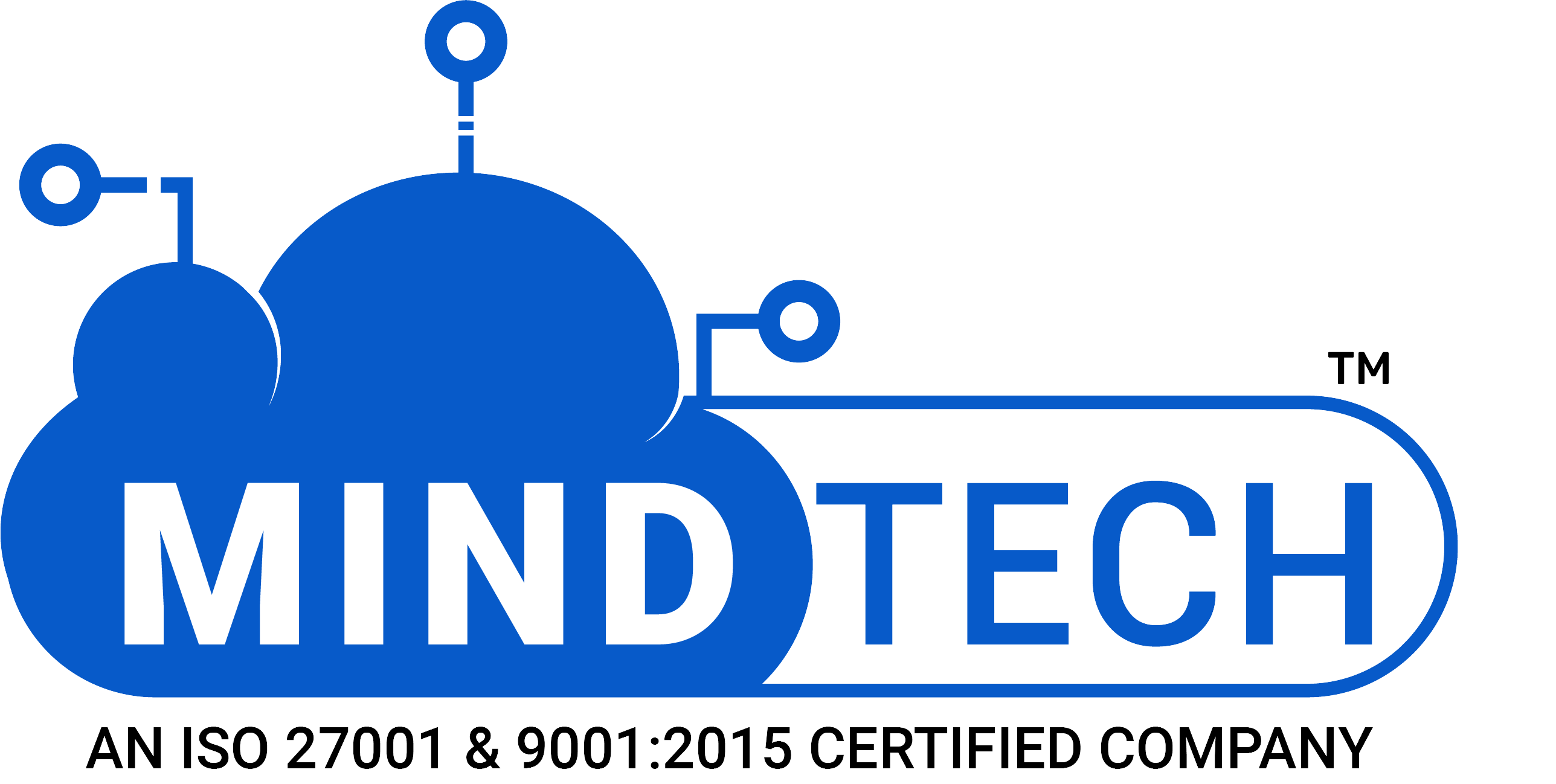Exploring the Use of Blockchain in Enhancing Transparency and Traceability in Supply Chains

Introduction
Transparency and Traceability
Transparency in supply chains refers to the accessibility and visibility of statistics regarding the movement of goods and services from their starting place to the give up consumer. It encompasses the disclosure of relevant data about production strategies, environmental impact, and moral concerns. Traceability, alternatively, includes the potential to track the adventure of a product or ingredient at some point of the supply chain, from its supply to its destination.
Challenges in Achieving Transparency and Traceability:
Despite improvements in era, reaching transparency and traceability in deliver chains stays an impressive assignment for many groups. Factors such as complex international networks, disparate statistics systems, and a loss of standardized protocols contribute to the problem in establishing seamless transparency and traceability.
Understanding Blockchain Technology
Blockchain generation, often described as a decentralized ledger machine, gives a obvious and tamper-proof platform for recording transactions throughout multiple parties in a network. It operates on the precept of distributed consensus, wherein transactions are verified and brought to a constantly growing chain of blocks, each containing a cryptographic hash of the preceding block.
How Blockchain Works:
When a transaction takes place within a network, it’s far broadcast to all members or nodes in the network. These nodes validate the transaction using predefined algorithms, and as soon as a consensus is reached, the transaction is introduced to a block. Each block is connected to the preceding one, creating an immutable and transparent document of all transactions.
Blockchain technology gives several benefits for improving transparency in deliver chains:
Immutable Record-Keeping:
By leveraging cryptographic techniques and decentralized consensus mechanisms, ensures that everyone transaction is securely recorded and cannot be altered retroactively. This immutable file-retaining characteristic enhances transparency via offering a verifiable trail of transactions from inception to completion.
Real-Time Visibility:
Traditional supply chain structures regularly be afflicted by information silos and delays in data sharing. which allows actual-time visibility with the aid of permitting instant updates and access to shared information throughout the deliver chain network. This transparency lets in stakeholders to monitor the repute of goods, song shipments, and reply directly to any disruptions or troubles.
Increased Trust and Accountability:
The transparent and auditable nature of transactions fosters trust and duty amongst deliver chain individuals. With clean visibility into each step of the supply chain method, stakeholders can confirm the authenticity of products, validate compliance with regulations, and keep responsible parties accountable for any discrepancies or lapses.
Case Studies Demonstrating Successful Implementation of Blockchain for Transparency:
Numerous companies throughout diverse industries have embraced generation to enhance transparency in their deliver chains. For example, Walmart applied a blockchain-based totally machine to tune the beginning and motion of food merchandise, taking into account fast traceability inside the event of meals safety recollects. Similarly, De Beers, a diamond mining employer, launched a platform called Tracr to provide clients with transparent facts about the beginning and moral sourcing of diamonds.
Importance of Traceability in Supply Chains:
Traceability performs an essential function in ensuring product great, safety, and compliance with regulatory standards. By permitting the tracking of products at some point of the deliver chain, traceability helps identify the source of ability troubles or defects, mitigate risks, and improve overall deliver chain performance.
How Blockchain Enables End-to-End Traceability:
era gives a decentralized and transparent platform for setting up stop-to-end traceability in supply chains. Each transaction recorded at the blockchain includes applicable information including product info, timestamps, and the identities of events worried, enabling seamless tracking and verification of product actions from manufacturing to consumption.
Examples of Blockchain-Based Traceability Solutions in Various Industries:
Several industries have embraced traceability answers to enhance visibility and responsibility of their supply chains. For example, the seafood enterprise has carried out platforms to music the origin and journey of fish from the ocean to the dinner table, making sure the sustainability and authenticity of seafood products. Similarly, the pharmaceutical industry is exploring to fight counterfeit drugs and improve the traceability of medications at some point of the distribution method.
Conclusion:
In end, whilst blockchain era holds large promise for enhancing transparency and traceability in supply chains, it’s miles critical to address the scalability challenges and regulatory issues related to its adoption. Furthermore, regulatory concerns and felony implications surrounding adoption require careful consideration and collaboration among enterprise stakeholders and policymakers. Clear frameworks and requirements should be evolved to manipulate supply chain solutions whilst ensuring compliance with present laws and rules related to facts privateness, intellectual assets rights, and go-border transactions.




